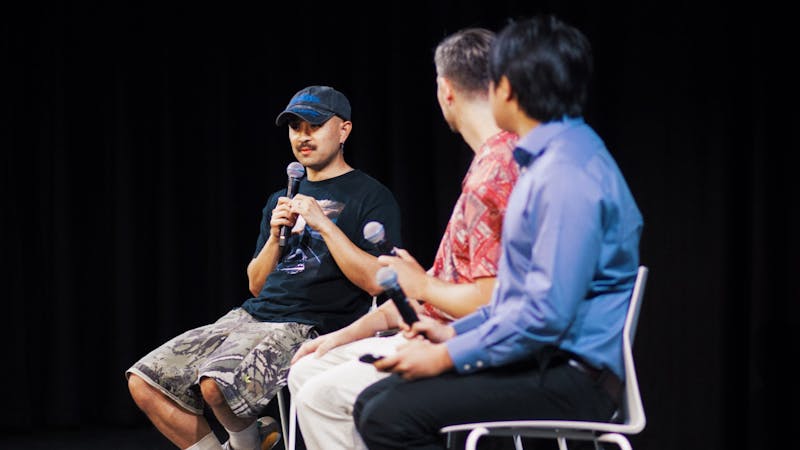Charitable giving: Every dollar counts
Child poverty, HIV/AIDS, loss of biodiversity. What do these three things have in common? Yes, they are all social issues that many of us care about. Yes, they are all complex problems which no single one of us can solve. Most importantly, however, they all have charities linked to solving or alleviating their problems.
As college students, we often think we cannot change the world just yet. Perhaps we do not believe we have the time, authority or knowledge to effect change on an issue that we care about. Personally, looking at all of the world's problems, or even one problem, can cause me to lose heart about my ability to change that issue.
One of the ways to help that we do not often think about is our ability to give donations, even in small amounts, to a good cause. Most likely, we think the small amount of money we have to give will not do anything meaningful. Furthermore, we might think we can just give larger amounts later, after we have established our careers and our families. Alternatively, we may think our charitable donations may not be going to our cause, but instead paying overhead or fundraising costs. Although many of us (myself included) may rationalize our decisions these ways, I argue that they are largely ungrounded.
Many students believe we cannot give a meaningful amount, but our dollars can go much further than imaginable. The Against Malaria Foundation can provide mosquito nets to families in Sub-Saharan Africa for a mere $5 per net, and the Schistosomiasis Control Initiative can prevent long-term development problems in children by vaccinating them against parasitic worms for a mere $5. Even a small contribution to these funds can make a huge difference for individuals around the world.
I have found myself thinking I cannot afford to give now, telling myself I will just give more as I get older. If I do not give now, when I have relatively few regular bills to pay, I have to ask myself when I will begin to give. Will it be when I pay off my student loans? When I have saved for a down payment on a home? When all of my children are out of college? We can always find a good reason not to give up a portion of our hard-earned money for a cause we care about.
While it may be true that we can give more when we are older, a book called The Power of Habit by Charles Duhigg made me believe in the power of starting to give to charity while we are young. By setting aside a portion of income from each paycheck, students can get into a habit of charitable giving that can last a lifetime. If you set an income percentage habit now, think of how powerful that percentage will be in 10, 20 or even 50 years.
While some charities do a great deal of good with their donations, some charities spend an enormous amount on administrative or fundraising costs. To help inform donors of donation effectiveness, several watchdog groups provide information rating different charities. Charitywatchdog.org even gives out grades to thousands of different charities and provides information about the top charities for a variety of causes. If you are not sure about which causes you care about the most, then try taking a look at the GiveWell website (givewell.org). Each year, this charity research group helps to identify the top three most fiscally responsible and meaningful charities around the world.
Giving to charity regularly is a powerful habit all students should start. We all care about some cause that is too complex for only market forces to solve. By setting aside a set percentage of each paycheck, we are helping our own fiscal habits, individual lives and the world. Please join me this National Philanthropy Week to reflect on our charitable giving and to make a commitment to a cause.
Christian Neal is a Lovett College senior.
More from The Rice Thresher

Worth the wait: Andrew Thomas Huang practices patience
Andrew Thomas Huang says that patience is essential to being an artist. His proof? A film that has spent a decade in production, a career shaped by years in the music industry and a lifelong commitment to exploring queer identity and environmental themes — the kinds of stories, he said, that take time to tell right.

Andrew Thomas Huang puts visuals and identity to song
Houston is welcoming the Grammy-nominated figure behind the music videos of Björk and FKA twigs on June 27.

Live it up this summer with these Houston shows
Staying in Houston this summer and wondering how to make the most of your time? Fortunately, you're in luck, there's no shortage of amazing shows and performances happening around the city. From live music to ballet and everything in between, here are some events coming up this month and next!

Please note All comments are eligible for publication by The Rice Thresher.